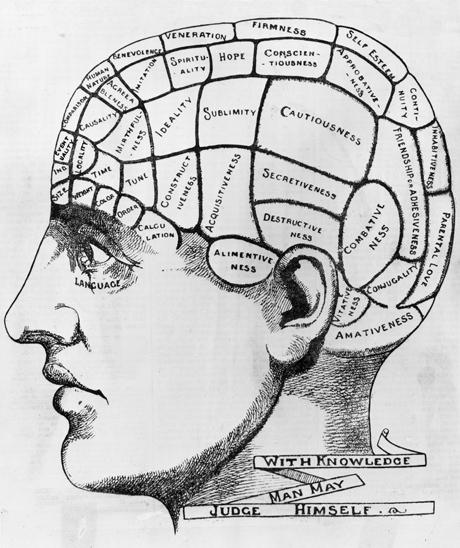“There is no science without fancy, and no art without facts,” Vladimir Nabokov famously proclaimed.
I hear both artists and people associated with the arts pitching the idea that what really matters in art is the purely intuitive response of the artist, and further, that the intuitive response is the only way to reach true achievement in a work of art. This has always struck me as a kind of magical thinking. I certainly do admit that hard fought painting solutions and ideas sometimes seem to come from areas unknown. So what is this “intuitive sense” then? And, from where do these unexpected ideas originate?
Turns out the nature of intuition is a deep and complex subject. For example what is the relationship between an intuition and a belief? They seem to be linked at least, for we must believe in and acknowledge our intuitions in order to put them to some use. On the other hand beliefs too firmly held can close off the new or unexpected. Intuitions are usually recognized when they materialize in the work and they are often surprising. It seems to me that a true intuition is something new to its recipient, but strangely it also strikes one as a long sought-after solution. One might think of an intuitive solution as one that is not part of ones usual understanding or process. I recently heard a sleep scientist talk about REM sleep as the stage where the brain (or mind) will make very wide ranging associations and connections, attempting I assume to unify and relate experiences. We have only recently tried to explore and define creativity, and it is not possible to go back and ask an artist like Titian or Van Gogh how they developed their work and invented new painting ideas. Picasso did define art making as “99% perspiration and 1% inspiration”.
It would seem that intuitive ideas rely on material or data in order to construct new relationships or connections. And even after the fact, a good idea or intuition about what might work in a painting will still require work to find its expression. I work on the assumption that if we then study our intuitive solutions after the fact and try to understand why our intuitive response worked we not only develop our visual language we also further the next insight and our ability to put it to good use.
The more varied the material and the more deeply understood the underlying problem, the more surprising the connection might strike us. Also, sometimes an intuitive response may not be recognized by the maker until long after the work is completed, perhaps indicating some deep unconscious awareness of a painting problem that the artist may be avoiding. Only when the problem arises in consciousness does the solution attain meaning and repeat-ability.
Work is the material, the stuff of inspiration.
I am surprised by how students of the visual arts are often dismayed by the difficulty of learning to draw and its complexities. They assume that the creative process is simply about expressing whatever crosses their awareness at any given moment. It seems odd that we would assume this in the visual arts but not in areas like science or even music. I think real creative intuition requires something much deeper and more studied, either a new way of combining the historical elements of our rich artistic visual language, or perhaps a new way of perceiving specific aspects of vision, but also based on understandings that may have reached their limit. This idea of growth, relationship and building upon as opposed to arbitrary change is an important and liberating one for me. We are all inevitably stuck in a repetition of what we have learned and developed in our art.
Our deeper desire as painters is to communicate on a more powerful and visceral level. This kind of communication or expression is uniquely individual and if the artist has integrity every level of growth participates in this personal expression. I know what I love; geometry, rhythm, the tension and release that create movement are what fascinate me. Sadly I see young artists jump from one borrowed concept to another with little connection between them and their historical precedents. Looking for a style that might be “theirs”. Braque said “Limitation of means engenders style”. I think choosing what you are passionate about as an artist and finding a relationship with an historical body of work that is meaningful and useful for your work is what he meant by ‘limitation of means’. It does not surprise me that I am pushed to use the word “work” when trying to understand intuition, often it is the only guide we artists have to explore and make unity from the complexity of the visual world.

Leave a Reply